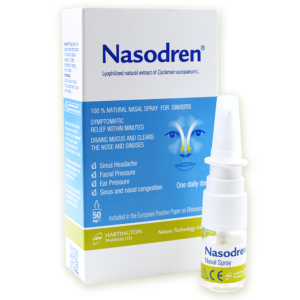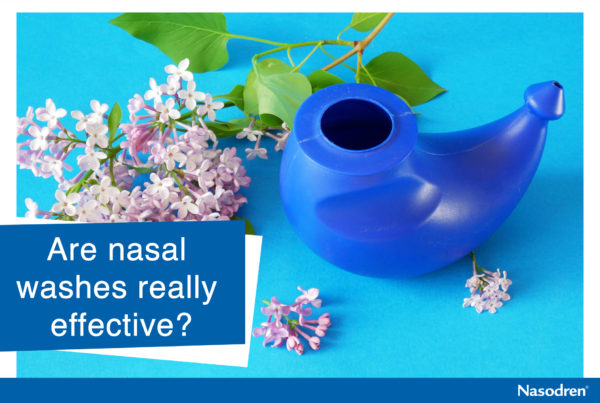One of the traditional popular festivals that has crossed borders and is known practically all over the world is the Carnival of Venice. Undoubtedly, one of the reasons for this success is the use of masks, although it should be noted that they were used not only during the festival but also on other designated dates.
The use of Venetian masks dates back to 1265, and a few years later, a law was enacted limiting their use.
The masks became very popular since they favoured anonymity, eliminated social distances, transgressed the rules and allowed for the discreet selection of lovers’ encounters.
The masks had their heyday in the seventeenth and eighteenth centuries when they were used almost daily, even at council meetings or other high-level political meetings.
However, the masks also made life easier for thieves and criminals, and laws had to be modified to prohibit their use, which was practically limited to carnival days. This nearly ended an activity that employed numerous Mascherai artisans.
One of the most recognised masks was the one used by doctors after the plague epidemic of 1630. This mask featured a prominent beak where a perfumed handkerchief was placed to combat the smell given off by the corpses and prevent contagion.
Thus, the use of the mask to prevent infections is not something new and has been used in different epidemics and pandemics such as the plague, the Spanish flu, the avian flu, or the Hong Kong flu.
But is the use of the mask effective?
The answer is yes when used correctly and for this here are some recommendations:
- It must completely cover the mouth, nose, and chin.
- Make sure it’s tight.
- Please do not touch it once you have it on. If you touch it, wash your hands or clean them with disinfectant.
- If your mask gets wet or dirty, replace it with a clean one. Please dispose of the used one as soon as possible or store it in an airtight bag.
- Take it off without touching the front.
- Wash your hands immediately after removing it.
- Wash cloth masks regularly in the washing machine or by hand. (They can be washed together with the rest of the clothes).
- It should be noted that children under two years of age or people with respiratory problems should not wear a mask.
- Finally, remember that the mask should not replace physical distancing.










